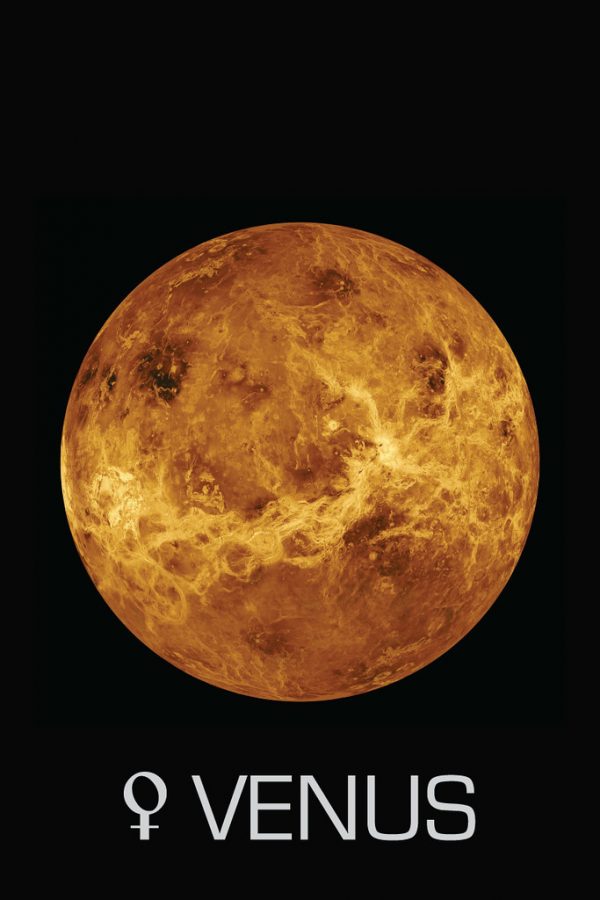Venus Returns As NASA’s Hot Spot For Robotic Missions
NASA Picks Venus As It’s Testing Ground For Two New Robotic Missions
NASA’s new administrator, Bill Nelson, announced two new robotic missions to the Solar System’s hottest planet, Venus. Perhaps our most overlooked neighbor, Venus is the second planet from the Sun and the hottest of them all; it is named after the Roman goddess Venus, goddess of love.
DaVinci Plus’s mission will observe the dense, cloudy Venusian atmosphere to determine whether the burning planet ever had an ocean and was habitable. A small vehicle will dive through the atmosphere to measure the gases. The other mission, Veritas, will attempt to discover Venus’ geologic history by mapping the rocky planet’s surface.
“It is astounding how little we know about Venus. It will be as if we have rediscovered the planet.” NASA scientist Tom Wagner stated. NASA’s top science official, Thomas Zurbuchen, calls it “a new decade of Venus.”. Each project — launching sometime between 2028 to 2030 — will obtain $500 million for development under NASA’s Discovery program.
The missions overtook two other suggested projects, one to Jupiter’s moon Io and another to Neptune’s moon Triton.
This isn’t the first time the U.S. has led missions on Venus. The U.S. and the former Soviet Union sent several spacecraft to Venus during space exploration’s early years. NASA’s Mariner 2 achieved the first successful flyby in 1962, and the Soviets’ Venera 7 completed the first triumphant landing in 1970. NASA’s Magellan spacecraft was sent into orbit around Venus in 1989. The European Space Agency sent a spacecraft around Venus in 2006.
RELATED STORIES:
https://apnews.com/article/venus-business-science-c1ce0bf6f9de6c8690e8745c7b9f7117











